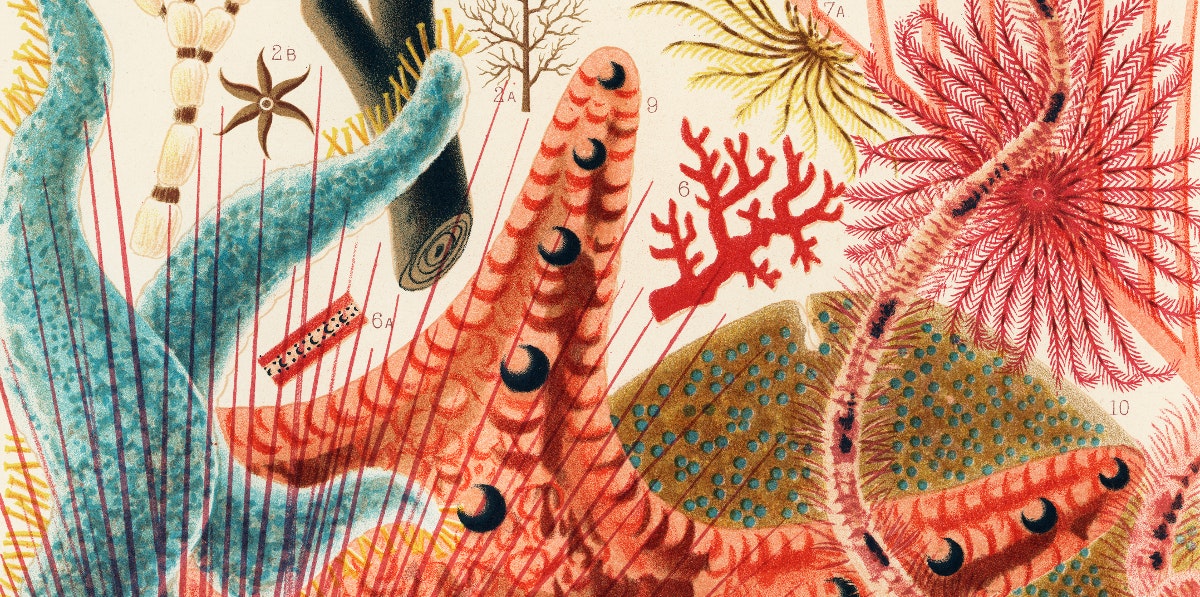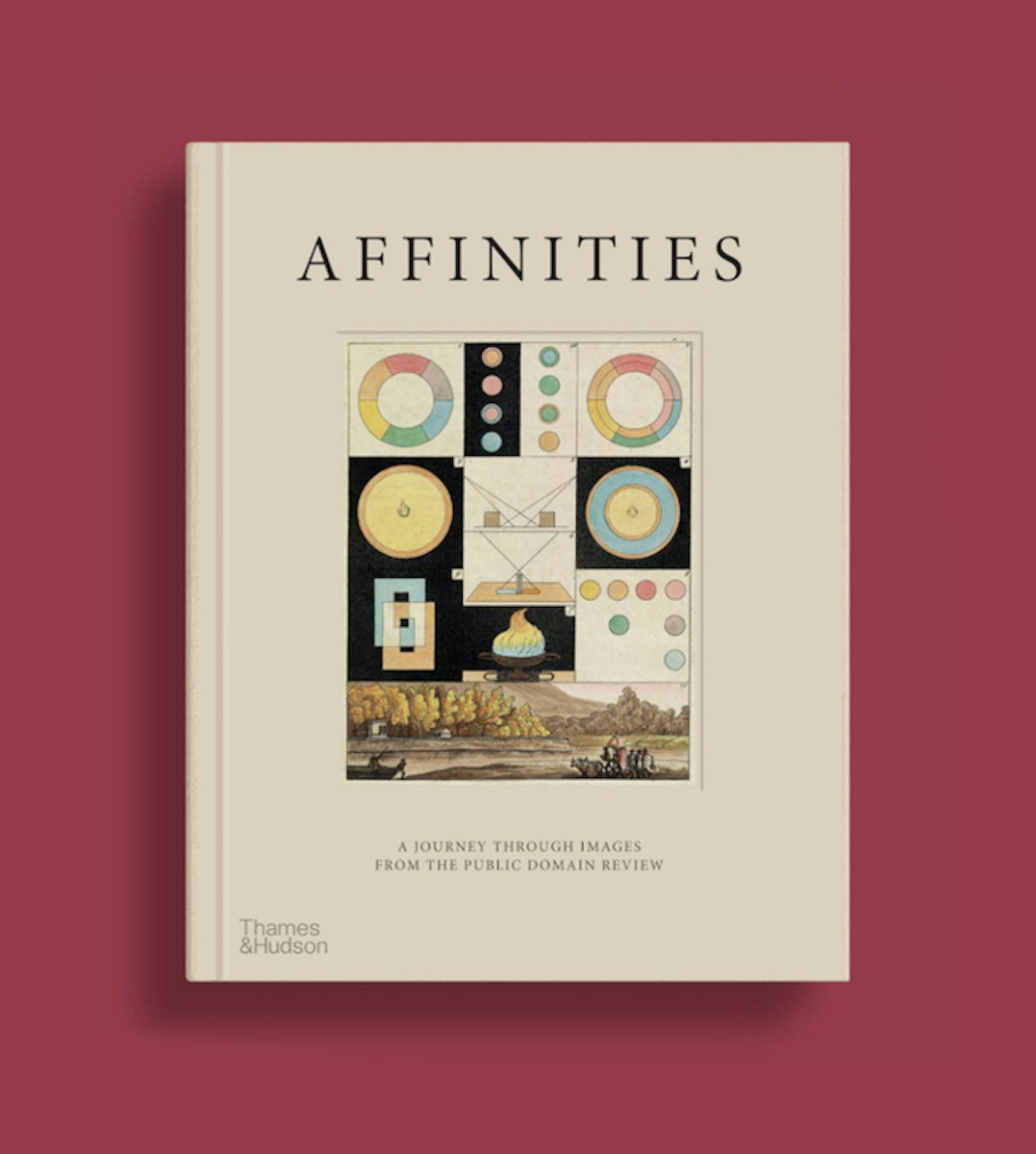
Images from William Saville-Kent’s The Great Barrier Reef of Australia (1893)
While naming and arranging corals in the Natural History Department of the British Museum, William Saville-Kent daydreamed of seeing the beautiful grey organisms in front of him “in their native seas and wonderful living tints.” Years later he would realise his dream at the Great Barrier Reef in Queensland. There he conceived of a book that would be the first to extensively depict a coral reef in photographs — a selection of which are embedded at the bottom of this post.
Saville-Kent had grown frustrated by lack of promotion at the museum (where he worked under Richard Owen) and left in 1873 to become a resident naturalist at aquariums first in Brighton, then Manchester, and finally London. In 1884 he voyaged to the other side of the world and spent the next twenty years laying the foundations for fisheries development in Australia. He was particularly spellbound by the corals, polyps and other lifeforms on the Queensland coast. He hoped his book The Great Barrier Reef of Australia (1893) would increase public awareness of the reef and its origins, as well as encourage “development of its marvellous resources” — which was ominous when you consider its highly precarious predicament today.
The forty-eight photographs in the book were captured by Saville-Kent and then reproduced by the London Stereoscopic Company. The book's biggest aesthetic delight, however, is perhaps reserved for the end. Here the reader would find sixteen beautiful colour lithographs created by a Mr Riddle and Mr Couchman from Saville-Kent’s original watercolour sketches. Though perhaps not the most accurate of depictions, something in the naive and almost cartoon-like representation seems to emphasise the vibrancy and life of the reef.
The achievements of Saville-Kent never entirely shook a scandal which had followed him since he was fifteen. In 1860, his infant half-brother, Savill, was found murdered. His 16-year-old sister Constance was arrested but released without trial — public opinion distrusted the case of a working-class detective against a lady of breeding. Five years later, Constance confessed to the murder (though the Australian Dictionary of Biography calls it a "doubtful confession") . Wilkie Collins put details of the case in The Moonstone (1868), the founding text of English detective fiction. As for William, there were suspicions that he had been an accomplice to his sister though he was never charged. His sister Constance escaped the gallows and died in 1944, at the age of one hundred, in Australia.
Imagery from this post is featured in
Affinities
our special book of images created to celebrate 10 years of The Public Domain Review.
500+ images – 368 pages
Large format – Hardcover with inset image
Sep 20, 2018










